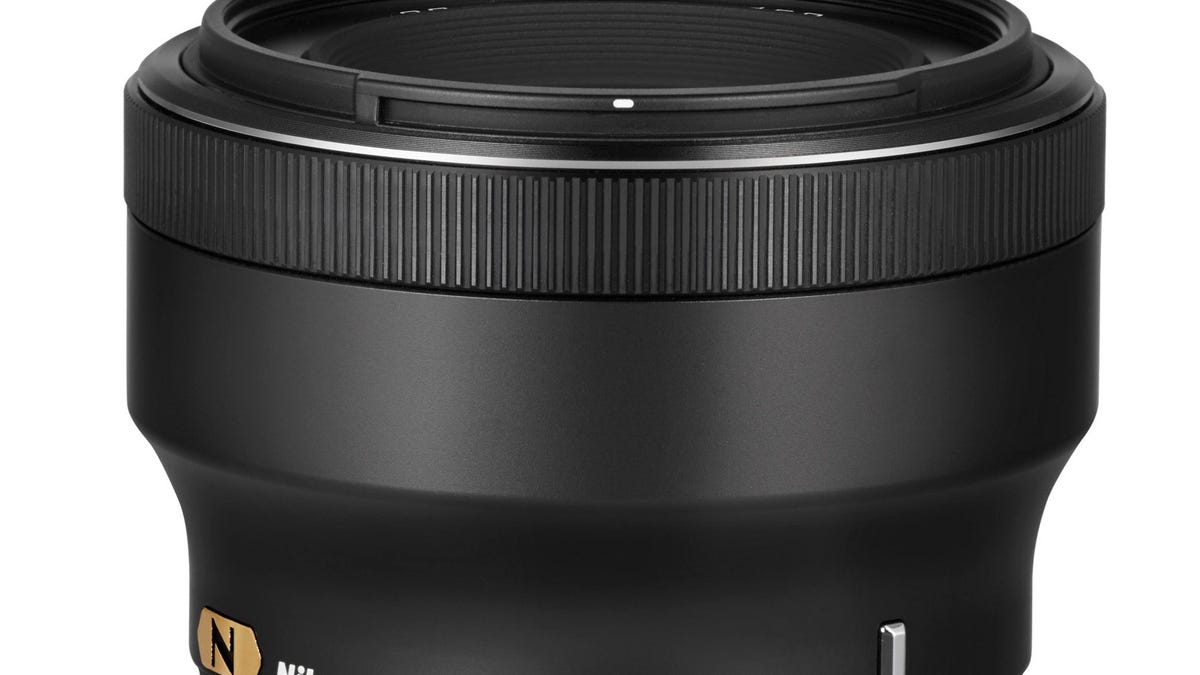Nikon 1 series gets a really fast prime
Bringing the total to three fixed-focal-length lenses, the new 32mm f1.2 looks to be the highest quality yet.

One of the hardest parts of making an interchangeable-lens camera series attractive to people who use more than just the two basic slow zooms is the process of ramping up the lens selection. It's been a year and a half since the company announced its Nikon 1 series, and Nikon is still slowly filling out its lineup with the fixed focal-length lenses that attract the more advanced users. As of now, the company only offers eight lenses, six of which are pretty slow zooms. The latest addition, a 32mm f1.2 (with an equivalent angle of view to 86mm in 35mm terms) sounds like a welcome supplement to the two fixed focal-length options in Nikon's lineup.
Available in June for a not-insignificant $899.95, the lens incorporates a manual focus ring (not all the Nikon 1 lenses do); the Nano Crystal Coat that the company uses on its high-end lenses; Nikon's Close-Range Correction system, which allows for better sharpness at close distances; and its Silent Wave Motor to allow manual override of autofocus.
There do seem to be two potential drawbacks, though. First, it's only a seven-bladed aperture, the bare minimum you'd expect in a really good lens -- you can usually still see some polygonality in the bokeh with seven blades -- and second, there's no image stabilization.
Given the small sensor of the Nikon 1 and its 2.7x crop factor, it's unsurprising that we've yet to see any really wide angle lenses; the widest Nikon has managed is 18mm equivalent on its 6.7-13mm f3.5-5.6 model. But a small sensor makes for nice, compact telephoto lenses.

